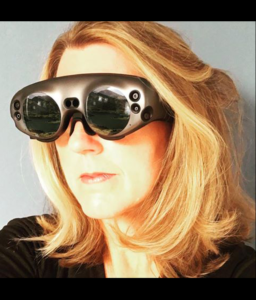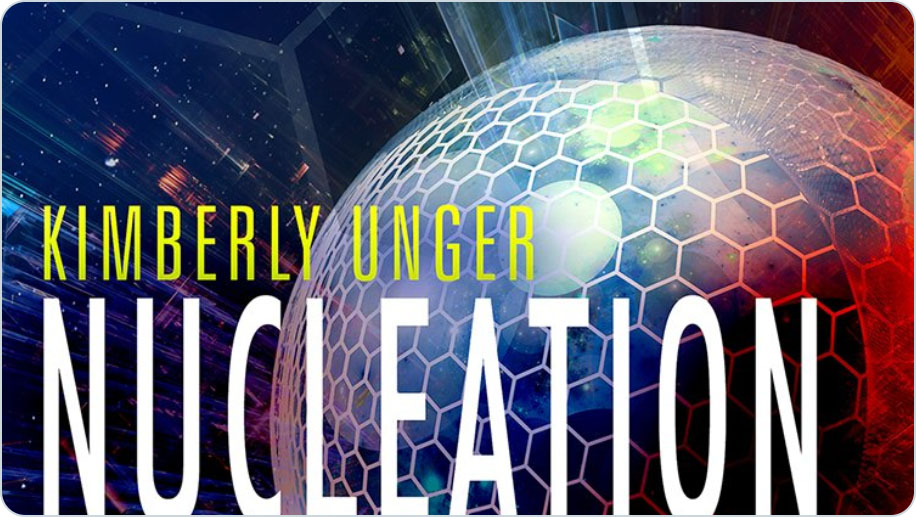Here is my shameless plug. Â
VOTE FOR ME. VOTE FOR ME. VOTE FOR ME.
http://midamericon2.org/the-hugo-awards/hugo-nominations/
This year I am eligible for two awards as a writer.  The first, and possibly the most important at this time is the Campbell Award for new writers (Link HERE).  I say most important because you only get one shot at this one.  You can be eligible for two consecutive years and that’s it.  Game over.  My short story “Sea Change” was published in September of 2015 over at Galaxy’s Edge, edited by Mike Resnik.  This makes me eligible for the 2016 and 2017 awards. I’ve posted an online copy here (SeaChange) so you can read the story.
The second, and equally important (but the kind of award I will hopefully have many shots at over time) is the Hugo Award (Link HERE) in the short story category.  There is a lot of competition, and pretty much everything on the list is a great read.  Go nominate me.
The story has gotten a couple of delightful reviews (so you can see what others are saying about it):
http://highclearing.com/index.php/archives/2015/09/06/18854
http://www.liscareyslibrary.com/2015/09/sea-change-by-kimberly-unger.html
This is a weird thing for me. Â I have been working in games for decades now, but almost always as a part of some larger team. I handle the art. I handle the design, I handle the biz-dev, but these are never solo-acts. Â So when awards pop up for games, those are a very different experience. Â Those are teams versus teams and the campaigning, the submitting, the judging, all those things are handled by someone else. Â The PR people for the publisher, the community managers, if it’s a small, indie studio then usually the CEO gets involved, but most of the time those of us doing the hands-on work are oblivious to that process, having an award show up on our desk or in our email is a nice surprise. Â If it’s one of the BIG ones, then a trip to GDC or one of the larger conventions is often in order.
Writing is rather different. Â Right now, at the start of my career, it’s just me. Â I don’t have a bestseller on the shelves, I don’t have an enthusiastic Twitter following, I have no PR Team, it’s just me waving my arms in the dark and shouting “HEY I WROTE THIS THING” and hoping people will hear me.
They say that great work rises to the top, but in my decades of experience with videogames, I know this isn’t always the case. Â There are thousands of brilliant games out there that nobody ever notices, just like there are thousands of brilliant stories out there that nobody has ever read.
My career as a writer has to start here.  Shouting into the noise and trying to catch the ear of enough people where my work can start to rise.  I’m going to have to shout again and again, whether I am comfortable doing so or not.  So here we go:  VOTE FOR MY WORK!




